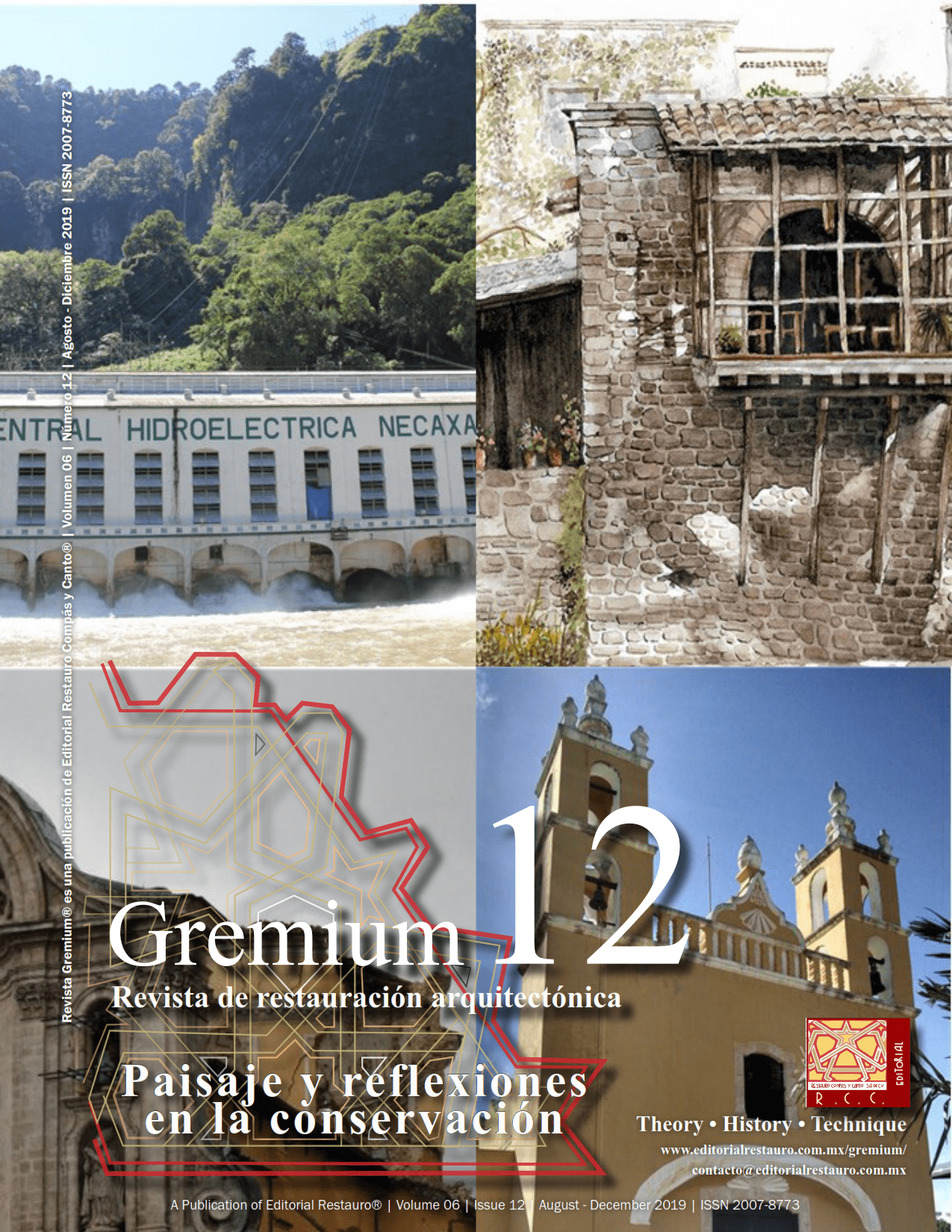Las fiestas religiosas en Yucatán. Patrimonio inmaterial que sustenta al patrimonio edificado
DOI:
https://doi.org/10.56039/rgn12a05Palabras clave:
patrimonio inmaterial, fiestas religiosas, península de YucatánResumen
El presente trabajo plantea que la conservación del patrimonio edificado de género religioso (templos, santuarios, conventos, etc.) es ampliamente favorecida cuando se conservan también las prácticas religiosas que dieron origen a los edificios. Las fiestas religiosas, innegable patrimonio cultural inmaterial de los pueblos de América, son garantía del mantenimiento, rescate y restauración de los bienes muebles e inmuebles a ellas vinculadas. Para argumentar lo anterior, se ha optado por un método inductivo con un enfoque cualitativo diacrónico, que tiene como punto de partida la Península de Yucatán durante la segunda mitad del siglo XIX. Así, a través de consideraciones de la Historia y de la Arquitectura, es posible fundamentar el argumento inicial, pues los casos del pasado demuestran que al conservarse lo inmaterial, la conservación de lo material está garantizada; mientras que al perderse lo inmaterial, también lo material perece. Los resultados ofrecen pautas para que al repetirse este estudio tomando otros períodos y latitudes como muestra, se pueda inducir la generalización del planteamiento.
Descargas
Publicado
Número
Sección
Licencia

Esta obra está bajo una licencia internacional Creative Commons Atribución-NoComercial-CompartirIgual 4.0.























